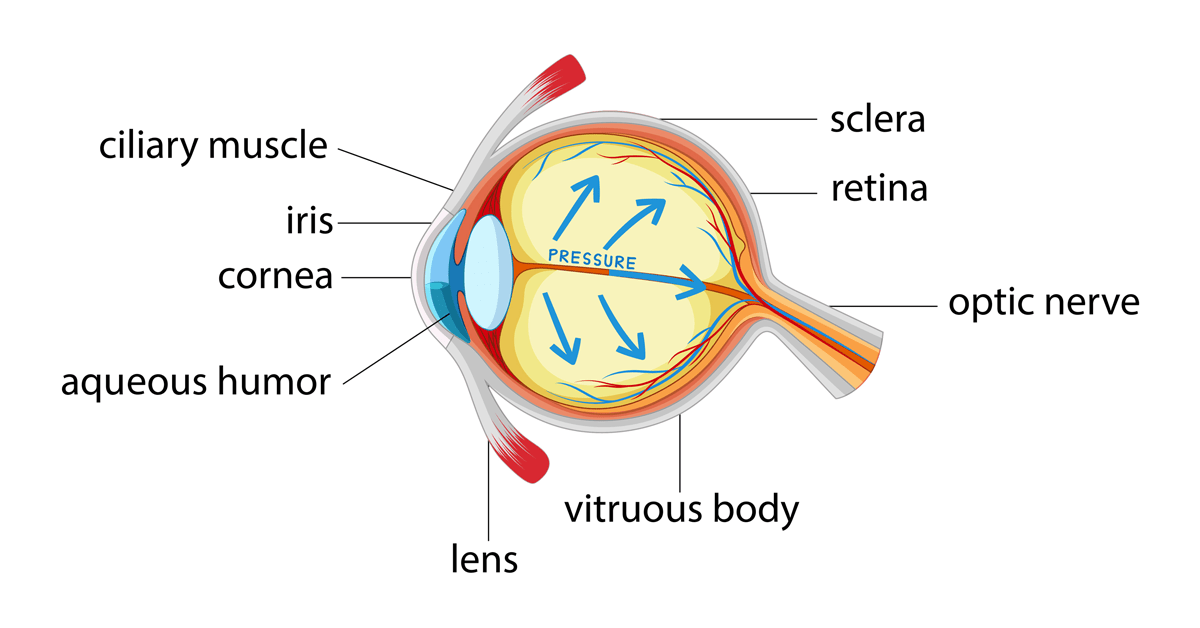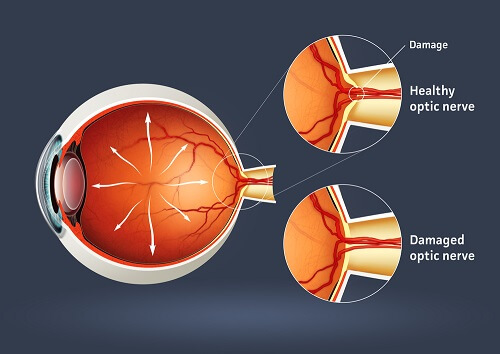Comprehending the Various Vision Adjustment Procedures Available for Clearer View
In the realm of vision improvement procedures, a plethora of options exist to address refractive errors and offer people with clearer view. From the widely recognized LASIK surgery to much less invasive procedures like PRK and implantable lenses, the field of ophthalmology offers an array of techniques customized to suit various needs and choices. Each treatment comes with its own set of factors to consider, advantages, and possible threats. Understanding the nuances of these vision adjustment approaches is essential for making notified decisions regarding one's aesthetic wellness. Allow's discover the details of these treatments and clarified the course to attaining boosted vision quality.
LASIK Surgical Treatment
LASIK surgery is a common refractive procedure used to fix vision troubles such as astigmatism, nearsightedness, and farsightedness - eyecare near me. This medical technique, which means Laser-Assisted sitting Keratomileusis, aims to improve the cornea to improve exactly how light is focused on the retina, inevitably enhancing vision clearness. During the treatment, a thin flap is created on the cornea, and a laser is made use of to remove specific quantities of cells to reshape it appropriately. This reshaping permits light to be properly focused onto the retina, dealing with refractive errors.
One of the main advantages of LASIK surgery is the fast renovation in vision experienced by clients. Lots of individuals discover a significant enhancement in their sight right away after the treatment. Additionally, the majority of clients report minimal discomfort and discomfort throughout the surgical procedure and healing period. The recuperation time for LASIK is fairly quick, with lots of individuals going back to their daily activities within a day or 2 post-operation. In general, LASIK surgery is a prominent choice for individuals seeking a long-lasting solution for their vision issues.
PRK Procedure
While additionally a common refractive procedure, the PRK (Photorefractive Keratectomy) method varies from LASIK surgical procedure in its strategy to dealing with vision troubles. In PRK, instead of producing a flap on the cornea, the external layer of the cornea, called the epithelium, is completely gotten rid of. This allows the laser to reshape the cornea to fix refractive mistakes such as farsightedness, nearsightedness, and astigmatism directly on the surface.

Regardless of the longer recuperation time, PRK can yield outstanding outcomes in vision renovation, making it a valuable alternative for those who may not be suitable candidates for LASIK surgical procedure.
Implantable Lenses
Unlike PRK where the cornea is reshaped directly, implantable lenses provide one more technique for remedying vision by putting synthetic lenses inside the eye. This procedure is especially beneficial for individuals with high degrees of astigmatism, farsightedness, or nearsightedness who may not appropriate candidates for laser surgeries like LASIK or PRK.
Implantable lenses, also called phakic intraocular lenses, work by supplementing the eye's all-natural lens with a man-made one. glaucoma service near me. These lenses can be put before the all-natural lens (anterior chamber) or behind the iris and in front of the all-natural lens (posterior chamber) By changing the power and positioning of these lenses, ophthalmologists can effectively deal with refractive mistakes and enhance aesthetic skill
One advantage of implantable lenses is that they are exchangeable and detachable, giving versatility for future modifications. As with any medical procedure, there are risks entailed, such as infection or cataract formation. Clients thinking about implantable lenses ought to seek advice from an eye treatment professional to figure out the most suitable option based upon their individual demands and eye health.
Corneal Rings
Corneal rings, additionally called intracorneal ring segments, are tiny, transparent tools inserted right into the cornea to fix vision distortions such as keratoconus. Keratoconus is a problem where the cornea thins and bulges outward, triggering vision to become altered. The insertion of corneal rings helps to flatten the cornea, improving visual skill and lowering the irregular my explanation astigmatism created by keratoconus.
The procedure for putting corneal rings is relatively quick and minimally invasive, frequently executed as an outpatient procedure. Throughout the surgery, the eye doctor makes a small cut in the cornea and inserts the rings at a specific depth. As soon as in location, the rings aid to reshape the cornea, supplying a smoother surface area for light to go into the eye, which can cause clearer vision.
Corneal rings are considered a relatively easy to fix procedure, as they can be gotten rid of or replaced if necessary. glaucoma service near me. While they might not entirely eliminate the demand for glasses or get in touch with lenses, corneal rings can substantially improve vision top quality and overall visual comfort for people with keratoconus or various other corneal irregularities
Refractive Lens Exchange
Adhering to the correction of corneal irregularities with treatments like corneal rings, an additional vision improvement strategy that can address refractive errors is Refractive Lens Exchange (RLE) RLE is a procedure that includes replacing the eye's natural lens with a man-made intraocular lens (IOL) to remedy refractive errors such as nearsightedness, presbyopia, and farsightedness. This procedure is especially helpful for people that might not appropriate candidates for treatments like LASIK or PRK as a result of aspects such as thin corneas or high refractive mistakes.

Conclusion
In final thought, there are numerous vision correction procedures readily available to aid individuals accomplish clearer view. LASIK surgical procedure, PRK treatment, implantable lenses, corneal rings, and refractive lens exchange are all alternatives that can deal with various vision problems.
In the world of vision improvement procedures, a multitude of choices exist to deal with refractive errors and supply individuals with more clear view.LASIK surgery is a typical refractive treatment used to fix vision issues such as farsightedness, nearsightedness, and astigmatism.While additionally a typical refractive treatment, the PRK (Photorefractive Keratectomy) method varies from LASIK surgical procedure in its method to fixing vision troubles.Complying with the correction of corneal abnormalities with procedures like corneal rings, an additional vision modification technique that can resolve refractive find here errors is Refractive Lens Exchange (RLE) LASIK surgical procedure, PRK procedure, implantable lenses, corneal rings, and refractive lens exchange are all alternatives that can attend to different vision problems.